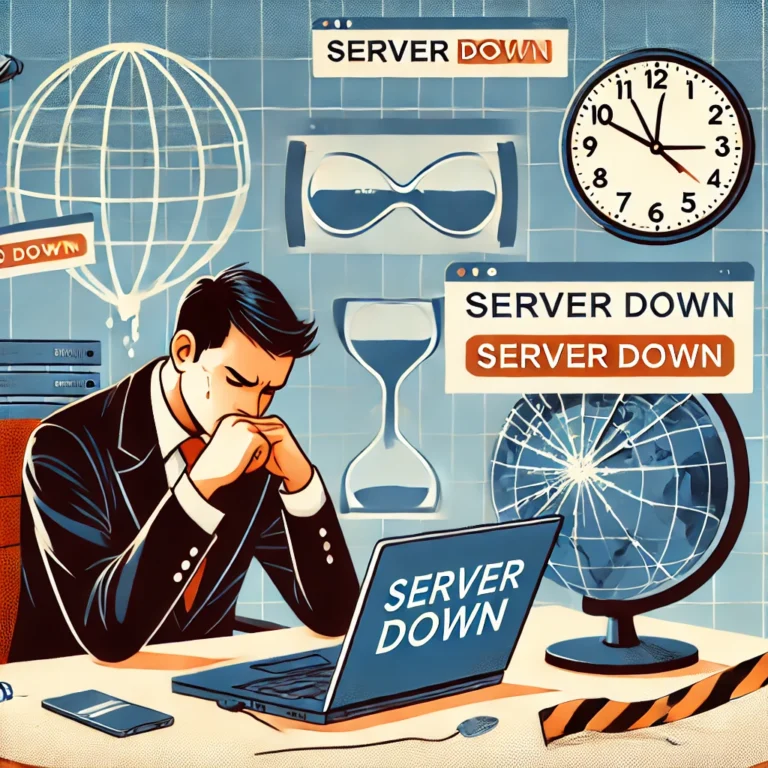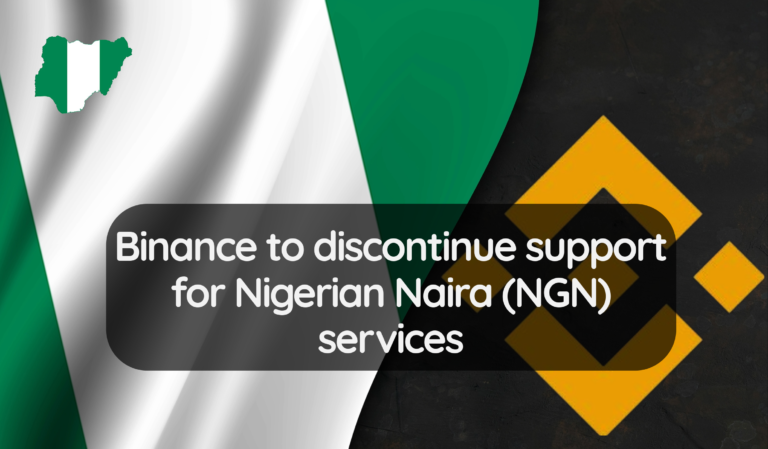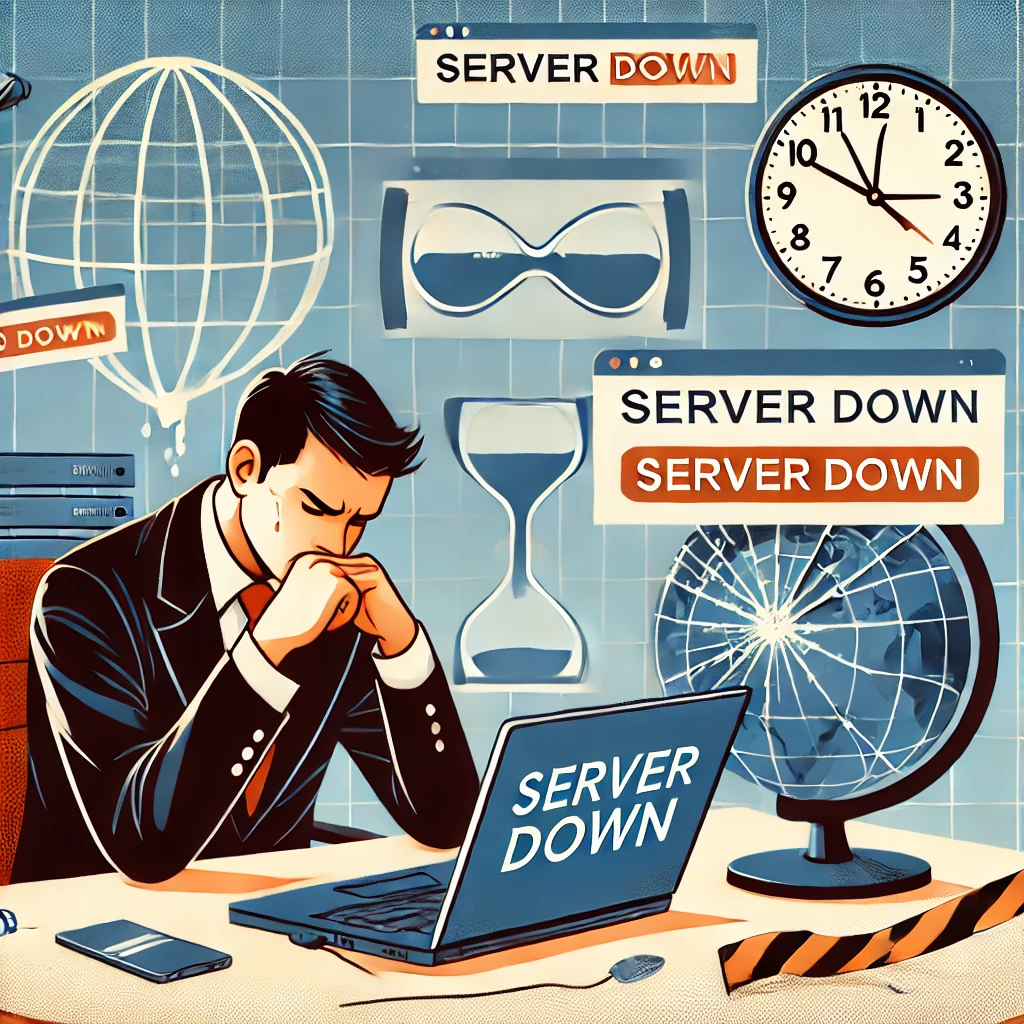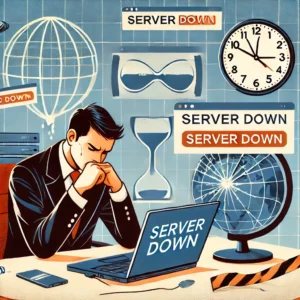The Battle of Domain Name Prices: How Long Will Prices Continue to Change?

INTRODUCTION
In the vast and ever-evolving digital landscape, domain names serve as the cornerstone of online presence. Every website, business, and digital identity hinges on a unique domain, making these web addresses highly valuable commodities. However, over the past few years, the pricing of domain names has become a battlefield, with costs fluctuating dramatically. This article explores the factors driving these changes and asks the critical question: how long will domain name prices continue to be so volatile?
The Evolution of Domain Name Pricing
Domain names were once relatively inexpensive and stable, with costs typically ranging between $10 and $20 per year for standard domains like .com, .net, and .org. However, the market dynamics have shifted dramatically, with several factors contributing to the rising and unstable prices we see today.
One of the most significant factors is the increasing scarcity of desirable domain names. As the internet has grown, so too has the demand for catchy, memorable, and relevant domains. Many of the most desirable .com domains have already been claimed, driving up prices on the secondary market. Premium domains—those with short, common, or brandable names—can now sell for thousands, if not millions, of dollars.
The introduction of new generic top-level domains (gTLDs) like .app, .blog, and .store has also impacted pricing. While these new extensions offer more choices, they also create confusion and competition in the marketplace. Some new gTLDs are priced higher than traditional domains, either because they are considered more valuable or because their registry operators charge premium prices from the outset.
The Role of ICANN and Domain Registries
The Internet Corporation for Assigned Names and Numbers (ICANN), the global organization responsible for coordinating the domain name system, plays a critical role in domain pricing. While ICANN itself doesn’t set domain prices, it regulates the relationships between domain registries (the entities that manage specific TLDs) and registrars (the companies that sell domains to the public).
Over the years, ICANN has approved price increases for many TLDs, including the most popular one, .com. In 2018, ICANN and Verisign, the registry operator for .com domains, reached an agreement allowing Verisign to raise prices by up to 7% annually over a four-year period, beginning in 2021. These price hikes directly impact consumers and businesses, who often have little choice but to absorb the additional costs.
Other domain registries have followed suit, citing rising operational costs and the need for investment in security and infrastructure. The impact of these price increases is felt across the board, from small businesses and startups to large corporations and investors in the domain aftermarket.
The Impact of Market Forces
In addition to regulatory factors, market forces play a significant role in the ongoing battle over domain name prices. The domain aftermarket—where previously registered domains are bought and sold—has become a multi-billion-dollar industry. High-profile sales, like the recent purchase of Voice.com for $30 million, highlight the tremendous value that some domains can command. These sales set benchmarks that influence pricing across the entire market, leading to inflated expectations and increased costs.
The rise of cryptocurrency, blockchain technology, and decentralized web initiatives has also fueled speculation in the domain market. Many investors see domain names as digital real estate, with potential to appreciate in value over time. This speculative behavior can drive prices up, particularly for domains associated with emerging technologies or trends.
How Long Will Prices Continue to Change?
Given the complex interplay of factors driving domain name prices, it’s difficult to predict exactly how long the current volatility will last. However, several trends suggest that we may see continued price fluctuations for the foreseeable future.
Firstly, as more businesses and individuals seek to establish an online presence, demand for domains will remain strong. The limited supply of high-quality .com domains, combined with the growing popularity of niche gTLDs, is likely to keep prices high.
Secondly, as ICANN continues to introduce new gTLDs, the market may see increased competition, which could stabilize prices in some areas while driving them up in others. The success of new gTLDs will largely depend on consumer adoption and the perceived value of these extensions.
Finally, the influence of the domain aftermarket cannot be overstated. As long as premium domains continue to fetch high prices, the broader market will remain affected by speculative behavior and high-profile sales. This could lead to continued price increases, particularly for domains with perceived investment potential.
Conclusion
The battle over domain name prices shows no signs of abating. While some factors driving price changes are beyond the control of consumers, businesses can take proactive steps to manage costs, such as securing domains early, exploring alternative TLDs, and leveraging new technologies like blockchain-based domain systems.
Ultimately, the future of domain name pricing will be shaped by a combination of regulatory decisions, market dynamics, and technological advancements. As the internet continues to evolve, so too will the landscape of domain names—and the battle for pricing supremacy is far from over.






















Post Comment